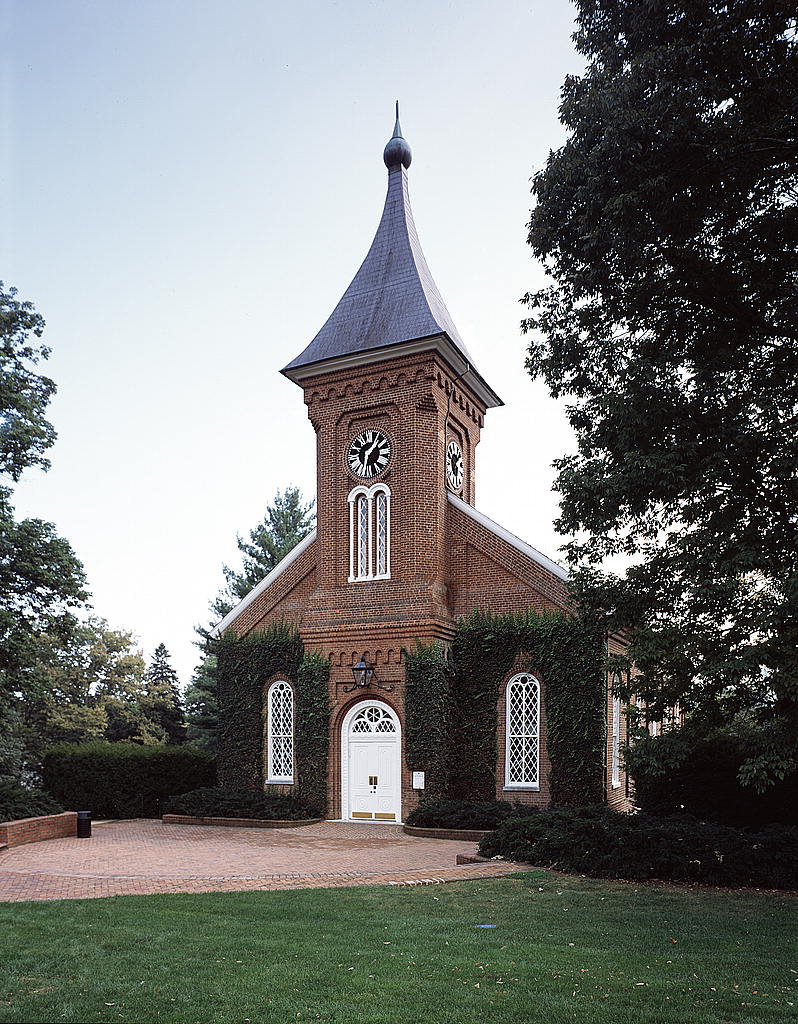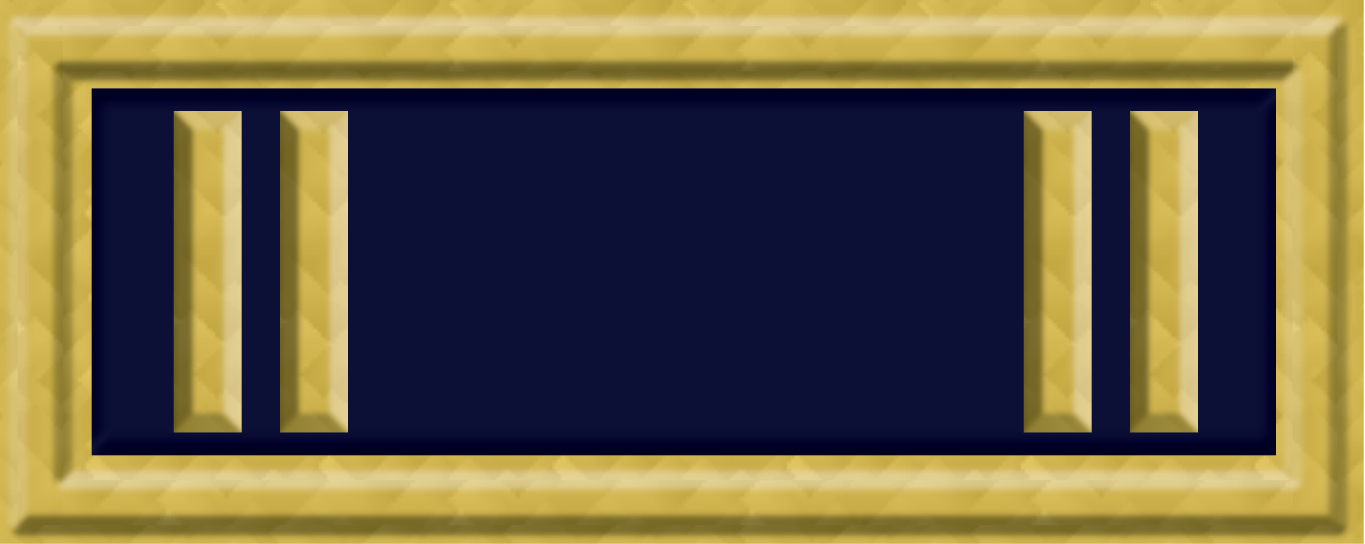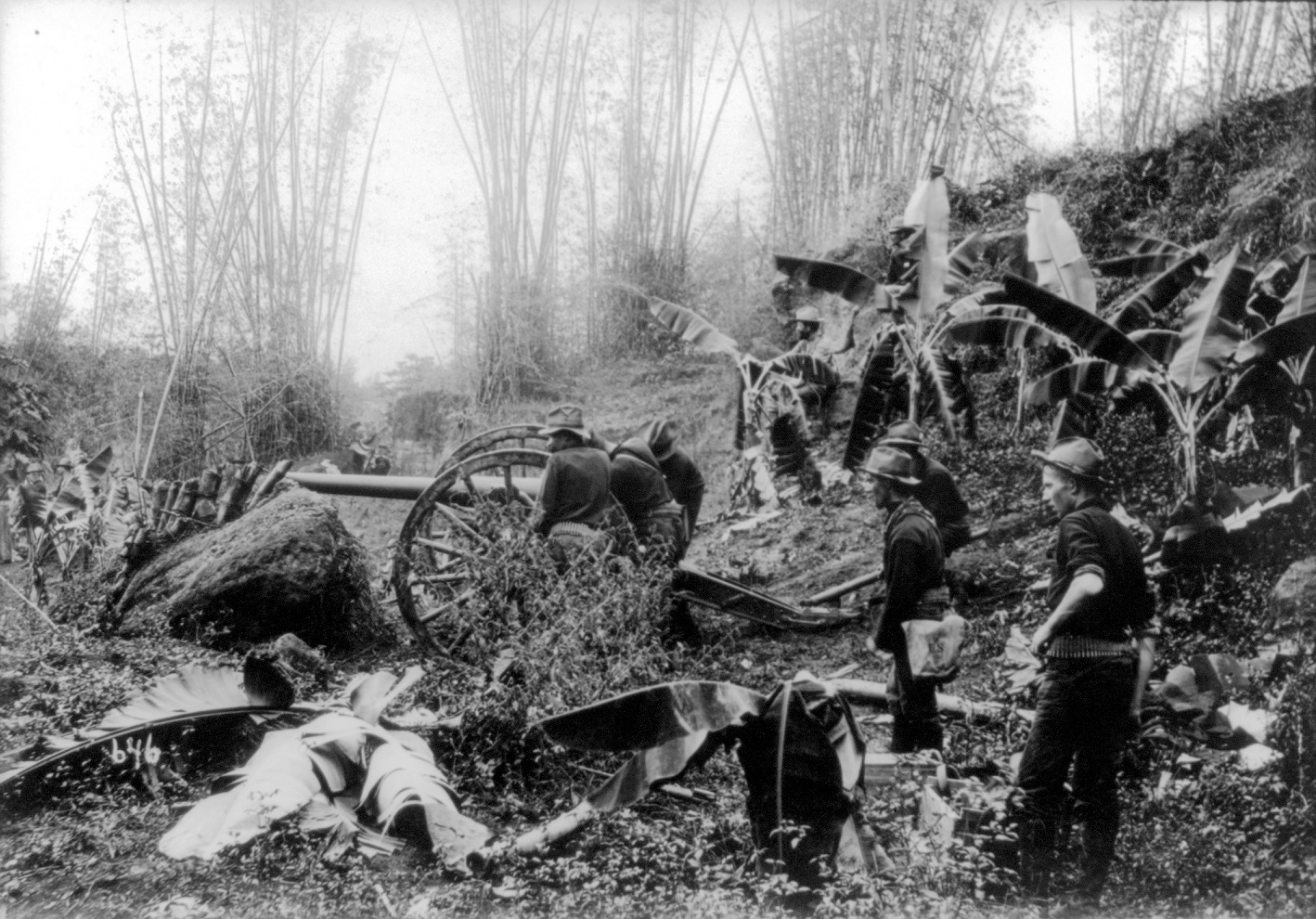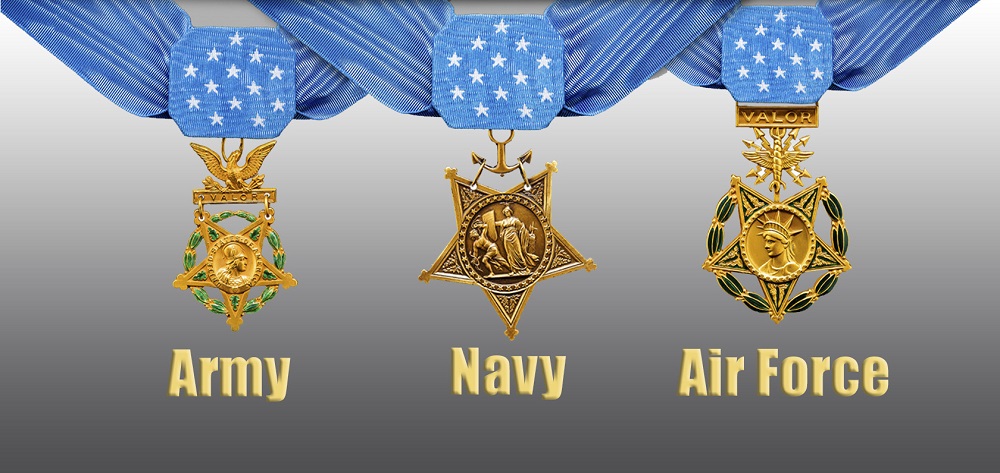|
Stonewall Cemetery
Stonewall Confederate Cemetery is a subsection of Mount Hebron Cemetery in Winchester, Virginia, established in 1866 for 2,575 Confederate soldiers who died in battle or in the hospitals in and around the Winchester area. A monument over the mass grave of more than 800 unknown Confederate soldiers is at the center of the cemetery, and there is a section for each state member of the Confederacy. The plots are thus organized according to the home states of the fallen soldiers within. There are state monuments in most of the sections. Notable burials * The Brothers Ashby: ** Brigadier General Turner Ashby (1828–1862), "Black Knight of the Confederacy", cavalry commander during Jackson's Valley Campaign, killed at Good's Farm ** Captain Richard Ashby (1831–1861), killed by Union patrol near Hampshire County * The Patton Brothers: ** Colonel George Smith Patton (1833–1864), brigade commander during the Valley Campaigns of 1864, killed at Opequon; grandfather of General ... [...More Info...] [...Related Items...] OR: [Wikipedia] [Google] [Baidu] |
Lexington, Virginia
Lexington is an independent city in the Commonwealth of Virginia. At the 2020 census, the population was 7,320. It is the county seat of Rockbridge County, although the two are separate jurisdictions. The Bureau of Economic Analysis combines the city of Lexington (along with nearby Buena Vista) with Rockbridge County for statistical purposes. Lexington is about east of the West Virginia border and is about north of Roanoke, Virginia. It was first settled in 1778. Lexington is the location of the Virginia Military Institute (VMI) and of Washington and Lee University (W&L). City Council History Lexington was named in 1778. It was the first of what would be many American places named after Lexington, Massachusetts, known for being the place at which the first shot was fired in the American Revolution. The Union General David Hunter led a raid on Virginia Military Institute during the American Civil War. Robert E. Lee and Thomas "Stonewall" Jackson are buried in the c ... [...More Info...] [...Related Items...] OR: [Wikipedia] [Google] [Baidu] |
Archibald C
Archibald is a masculine given name, composed of the Germanic elements '' erchan'' (with an original meaning of "genuine" or "precious") and ''bald'' meaning "bold". Medieval forms include Old High German and Anglo-Saxon . Erkanbald, bishop of Strasbourg (d. 991) was also rendered in Old French. There is also a secondary association of its first element with the Greek prefix ''archi-'' meaning "chief, master", to Norman England in the high medieval period. The form ''Archibald'' became particularly popular among Scottish nobility in the later medieval to early modern periods, whence usage as a surname is derived by the 18th century, found especially in Scotland and later Nova Scotia. Given name English diminutives or hypocorisms include ''Arch, Archy, Archie, and Baldie (nickname)''. Variants include French ''Archambault, Archaimbaud, Archenbaud, Archimbaud'', Italian '' Archimboldo, Arcimbaldo, Arcimboldo'', Portuguese '' Arquibaldo, Arquimbaldo'' and Spanish ''Archibal ... [...More Info...] [...Related Items...] OR: [Wikipedia] [Google] [Baidu] |
Buildings And Structures In Winchester, Virginia
A building, or edifice, is an enclosed structure with a roof and walls standing more or less permanently in one place, such as a house or factory (although there's also portable buildings). Buildings come in a variety of sizes, shapes, and functions, and have been adapted throughout history for a wide number of factors, from building materials available, to weather conditions, land prices, ground conditions, specific uses, prestige, and aesthetic reasons. To better understand the term ''building'' compare the list of nonbuilding structures. Buildings serve several societal needs – primarily as shelter from weather, security, living space, privacy, to store belongings, and to comfortably live and work. A building as a shelter represents a physical division of the human habitat (a place of comfort and safety) and the ''outside'' (a place that at times may be harsh and harmful). Ever since the first cave paintings, buildings have also become objects or canvasses of much artisti ... [...More Info...] [...Related Items...] OR: [Wikipedia] [Google] [Baidu] |
1866 Establishments In Virginia
Events January–March * January 1 ** Fisk University, a historically black university, is established in Nashville, Tennessee. ** The last issue of the abolitionist magazine ''The Liberator'' is published. * January 6 – Ottoman troops clash with supporters of Maronite leader Youssef Bey Karam, at St. Doumit in Lebanon; the Ottomans are defeated. * January 12 ** The '' Royal Aeronautical Society'' is formed as ''The Aeronautical Society of Great Britain'' in London, the world's oldest such society. ** British auxiliary steamer sinks in a storm in the Bay of Biscay, on passage from the Thames to Australia, with the loss of 244 people, and only 19 survivors. * January 18 – Wesley College, Melbourne, is established. * January 26 – Volcanic eruption in the Santorini caldera begins. * February 7 – Battle of Abtao: A Spanish naval squadron fights a combined Peruvian- Chilean fleet, at the island of Abtao, in the Chiloé Archipelago of southern Chile. * ... [...More Info...] [...Related Items...] OR: [Wikipedia] [Google] [Baidu] |
Walker's Greyhounds
Walker's Greyhounds was the popular name for a division of the Confederate States Army under Major-General John George Walker, composed exclusively of units from Texas. It fought in the Western Theater and the Trans-Mississippi Department, gaining its nickname because the men were able to move long distances rapidly on foot. Organization Walker's Greyhounds, also known as Walker's Texas Division, was mustered at Camp Nelson, Arkansas, in July 1862. It was placed under the command of Maj. Gen. John George Walker in November 1862, and remained under his command until the end of the war. The division served exclusively in the Trans-Mississippi Department. When General Walker was given a district command in late 1864 the division was given to Maj. Gen. John H. Forney. Composition 1st Brigade Col. Overton C. Young Brig. Gen. James M. Hawes Brig. Gen. Thomas N. Waul Brig. Gen. Wilburn H. King Col. Richard B. Hubbard * 12th Texas Infantry Regiment - ''Also known as Young's 8th Regi ... [...More Info...] [...Related Items...] OR: [Wikipedia] [Google] [Baidu] |
Mexican–American War
The Mexican–American War, also known in the United States as the Mexican War and in Mexico as the (''United States intervention in Mexico''), was an armed conflict between the United States and Second Federal Republic of Mexico, Mexico from 1846 to 1848. It followed the 1845 American annexation of Texas, which Mexico still considered its territory. Mexico refused to recognize the Treaties of Velasco, Velasco treaty, because it was signed by President Antonio López de Santa Anna while he was captured by the Texan Army during the 1836 Texas Revolution. The Republic of Texas was ''de facto'' an independent country, but most of its Anglo-American citizens wanted to be annexed by the United States. Sectional politics over slavery in the United States were preventing annexation because Texas would have been admitted as a slave state, upsetting the balance of power between Northern free states and Southern slave states. In the 1844 United States presidential election, Democrat ... [...More Info...] [...Related Items...] OR: [Wikipedia] [Google] [Baidu] |
John George Walker
Major-General John George Walker (July 22, 1821 – July 20, 1893) was a Confederate general in the American Civil War. He served as a brigadier general under Stonewall Jackson and James Longstreet, before commanding the Texas Division unit in the Trans-Mississippi Department, known as Walker's Greyhounds for their speed and agility. He was ordered to disrupt U.S. Grant's supply-line opposite Vicksburg, Mississippi, but Grant had managed to cross to the East Bank, and Walker was reduced to minor operations, one of them against some of the first African-American troops to serve in battle. He was able to make a bigger contribution to the Red River Campaign in support of General Richard Taylor. Early life and career John George Walker was born in Jefferson City, Missouri.Eicher, p. 549. His mother Sarah Caffery Walker, was a niece of Rachel Jackson, the wife of Andrew Jackson. His father John Walker came from a distinguished political family from Kentucky and Missouri, with ... [...More Info...] [...Related Items...] OR: [Wikipedia] [Google] [Baidu] |
Philippine–American War
The Philippine–American War or Filipino–American War ( es, Guerra filipina-estadounidense, tl, Digmaang Pilipino–Amerikano), previously referred to as the Philippine Insurrection or the Tagalog Insurgency by the United States, was an armed conflict between the First Philippine Republic and the United States that started on February 4, 1899, and ended on July 2, 1902. The conflict arose in 1898 when the United States, rather than acknowledging the Philippines' declaration of independence, annexed the Philippines under the Treaty of Paris at the conclusion of the Spanish–American War. The war can be seen as a continuation of the Philippine struggle for independence that began in 1896 with the Philippine Revolution against Spanish rule. Fighting erupted between forces of the United States and those of the Philippine Republic on February 4, 1899, in what became known as the 1899 Battle of Manila. On June 2, 1899, the First Philippine Republic officially declared war ag ... [...More Info...] [...Related Items...] OR: [Wikipedia] [Google] [Baidu] |
Medal Of Honor
The Medal of Honor (MOH) is the United States Armed Forces' highest military decoration and is awarded to recognize American soldiers, sailors, marines, airmen, guardians and coast guardsmen who have distinguished themselves by acts of valor. The medal is normally awarded by the president of the United States, but as it is presented "in the name of the United States Congress", it is sometimes erroneously referred to as the "Congressional Medal of Honor". There are three distinct variants of the medal: one for the Department of the Army, awarded to soldiers, one for the Department of the Navy, awarded to sailors, marines, and coast guardsmen, and one for the Department of the Air Force, awarded to airmen and guardians. The Medal of Honor was introduced for the Department of the Navy in 1861, soon followed by the Department of the Army's version in 1862. The Department of the Air Force used the Department of the Army's version until they received their own distinctive versio ... [...More Info...] [...Related Items...] OR: [Wikipedia] [Google] [Baidu] |
Gordon Johnston (soldier)
Gordon Johnston (May 25, 1874 – March 8, 1934) was an American soldier, Medal of Honor recipient and football player and coach. He played at the tackle position for Princeton University and served as the head coach of the University of North Carolina football team in 1896. He served as an officer in the United States Army during the Spanish–American War, the Philippine–American War and World War I, and received the Medal of Honor for his actions during the Philippine–American War. Biography Gordon Johnston was the son of Confederate General Robert Daniel Johnston, and was born in "the old home" near Birmingham, Alabama. After graduating from Birmingham High School, Johnston enrolled at Princeton University in New Jersey. While attending the university, Johnston played college football as a tackle for two years in 1894 and 1895. Football historian Parke H. Davis described Johnston as a "high spirited, fleetfooted, dashing" football player at Princeton. Johnst ... [...More Info...] [...Related Items...] OR: [Wikipedia] [Google] [Baidu] |






